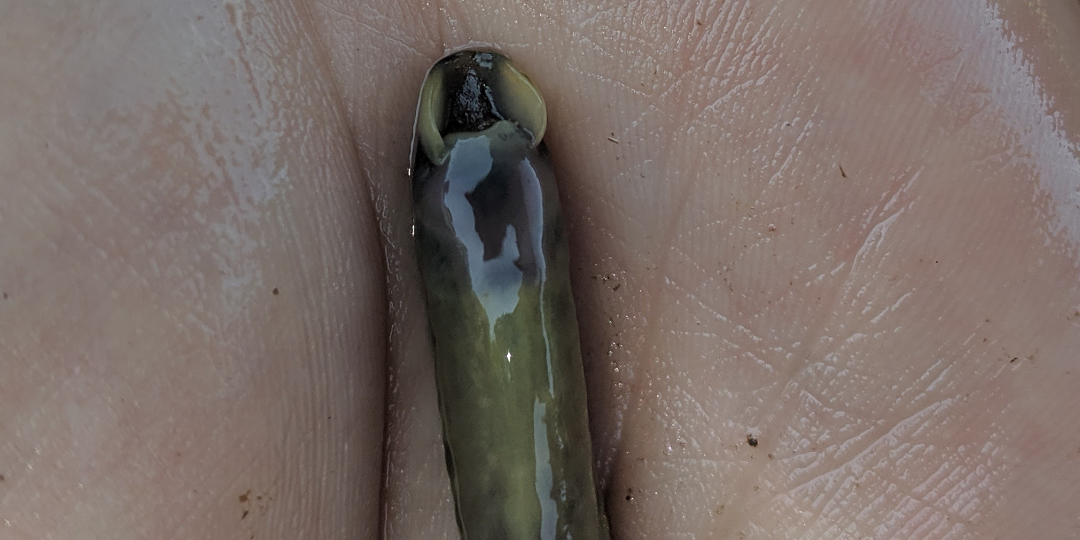The pit-like nest is created in the stream bed by males and females who remove rocks with their sucker-like mouths. Only suitable gravel sites will be used by brook lamprey and it is very promising that they choose to spawn in the Candlestick Stream. After the eggs hatch, within a few days, the lamprey larvae will live buried in sediment for approximately four years, with their mouths protruding, until they reach adulthood. Unfortunately for the new parents their life cycle is over, dying shortly after spawning.
BART and local angling clubs are very pleased to see brook lamprey spawning in the River Chew and are encouraged by the presence of clean gravel beds for spawning and soft marginal silt or for larval development. It highlights the need to address issues across the river catchment to ensure the success of wild fish populations and their ability to move freely between riparian habitats.
Check out the brilliant footage below!







